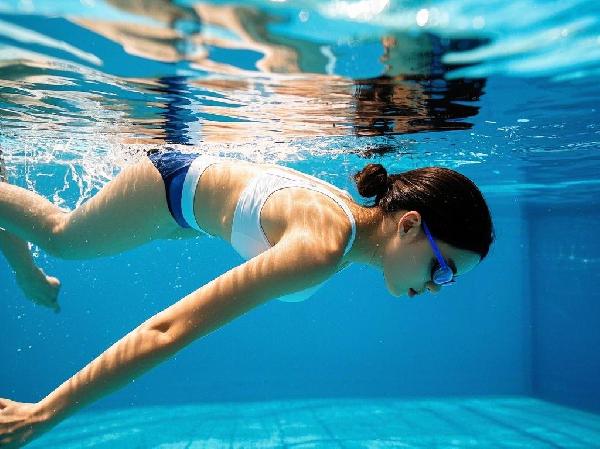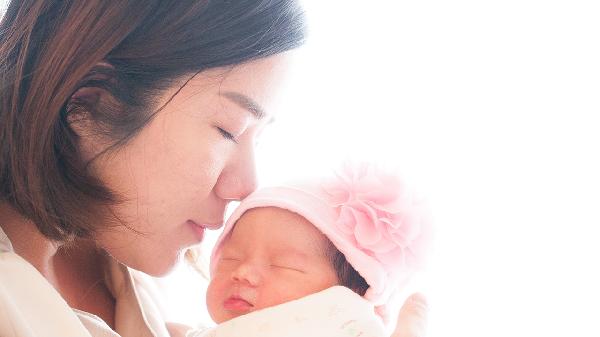 In recent years, there have been frequent reports of babies drowning in swimming pools, and the number of accidents involving infants wearing neck rings while swimming has been increasing. Many experts are increasingly vocal in their opposition to babies swimming with neck rings.
In recent years, there have been frequent reports of babies drowning in swimming pools, and the number of accidents involving infants wearing neck rings while swimming has been increasing. Many experts are increasingly vocal in their opposition to babies swimming with neck rings.
I. The Dangers of Babies Swimming with Neck Rings:
1. The necks of young babies are tender and fragile. Wearing a neck ring can easily damage their delicate spine and neck.
2. The plastic material of the neck ring can cause allergies or excessive friction, leading to dermatitis.
3. The neck ring can easily compress the baby's trachea.
4. Most seriously, our necks have carotid sinuses. If the carotid sinus is compressed, it can trigger a baroreceptor reflex, causing the baby's heart rate to slow down and blood pressure to drop, and even lead to shock, which is very dangerous.
II. Swimming is Not More Beneficial for Infant Development Than Tummy Time:
In fact, swimming, as a regular exercise, is not more beneficial for the development of infants' motor skills than tummy time. When babies are on their tummies, they can adjust the intensity of their movements based on their own state, resting or sleeping when tired. However, swimming forces babies to keep moving. Having babies swim with neck rings is actually unnecessary and does not significantly stimulate their coordination abilities.

III. Swimming with Neck Rings Can Easily Cause Cervical Injuries in Babies:
Swimming with neck rings makes it difficult for the baby's head above the neck to move left and right, while the body below the neck moves around, which can easily lead to cervical injuries.
Swimming with neck rings deviates from the traditional horizontal swimming method.
Having babies swim with neck rings is not advisable, as it concentrates the baby's body strength on the neck area, which is not conducive to the development of the baby's spine. Swimming with neck rings places the baby in a vertical position, which is different from the traditional swimming method. It not only has minimal benefits but can also easily lead to misunderstandings about swimming. Therefore, this method is not very beneficial, and the correct method should be used for baby swimming training.
The best way for infants to swim is to be held by an adult.
If you want your baby to swim, the best way is for an adult to hold the baby, allowing the baby to experience the joy of swimming and playing in the water. Do not let your baby swim with neck rings anymore, as it can easily cause harm.
IV. True Infant Swimming is Best Started at Age 5:
When babies are around 5 years old, their nerves and muscles have developed to a certain extent, and their bodies have a certain amount of strength and coordination. At this age, training babies to swim can better enhance their coordination, motor skills, and understanding of the coach's instructions.
























